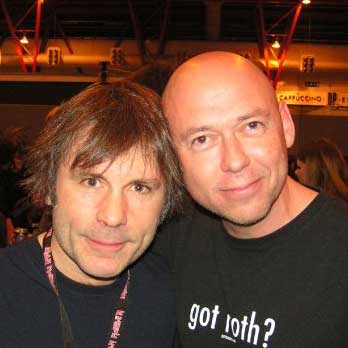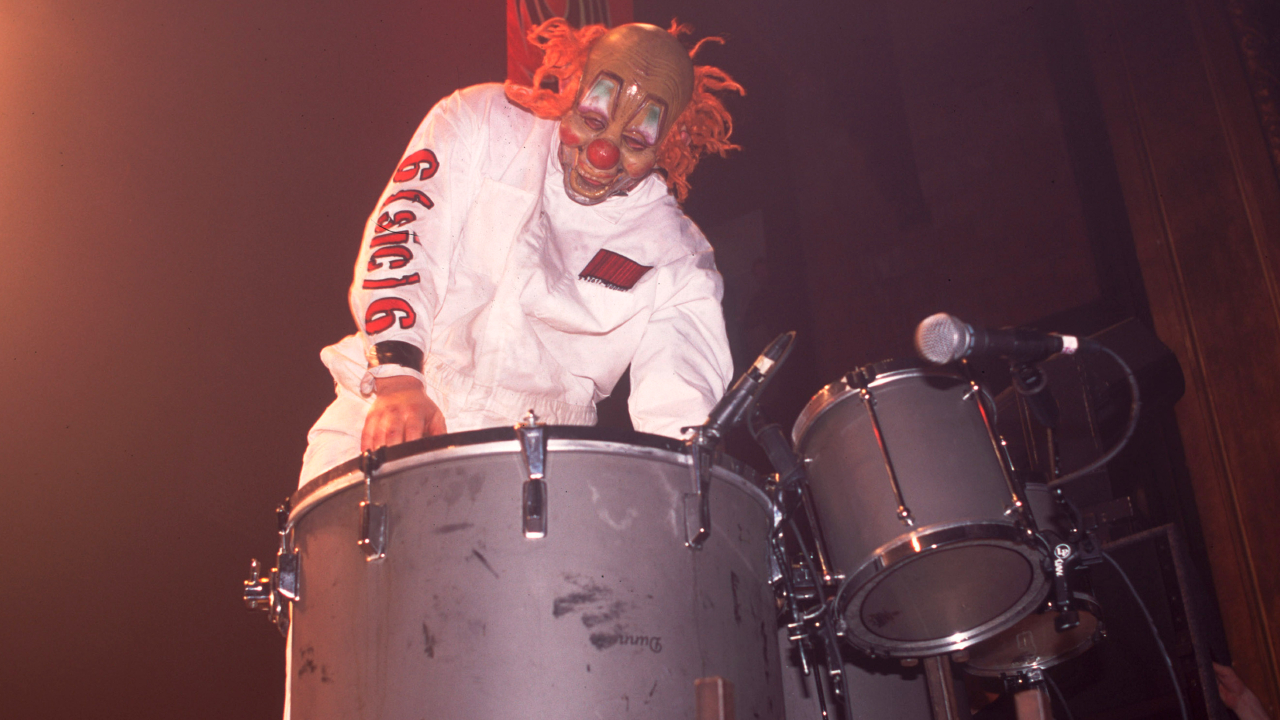“I was the original vampire and I still have dominion over Slipknot, Rob Zombie and Lady Gaga”: A metal fan’s guide to Alice Cooper
Alice Cooper was the original shock rocker who paved the way for Kiss, Slipknot and every parent-baiting rock and metal act that followed
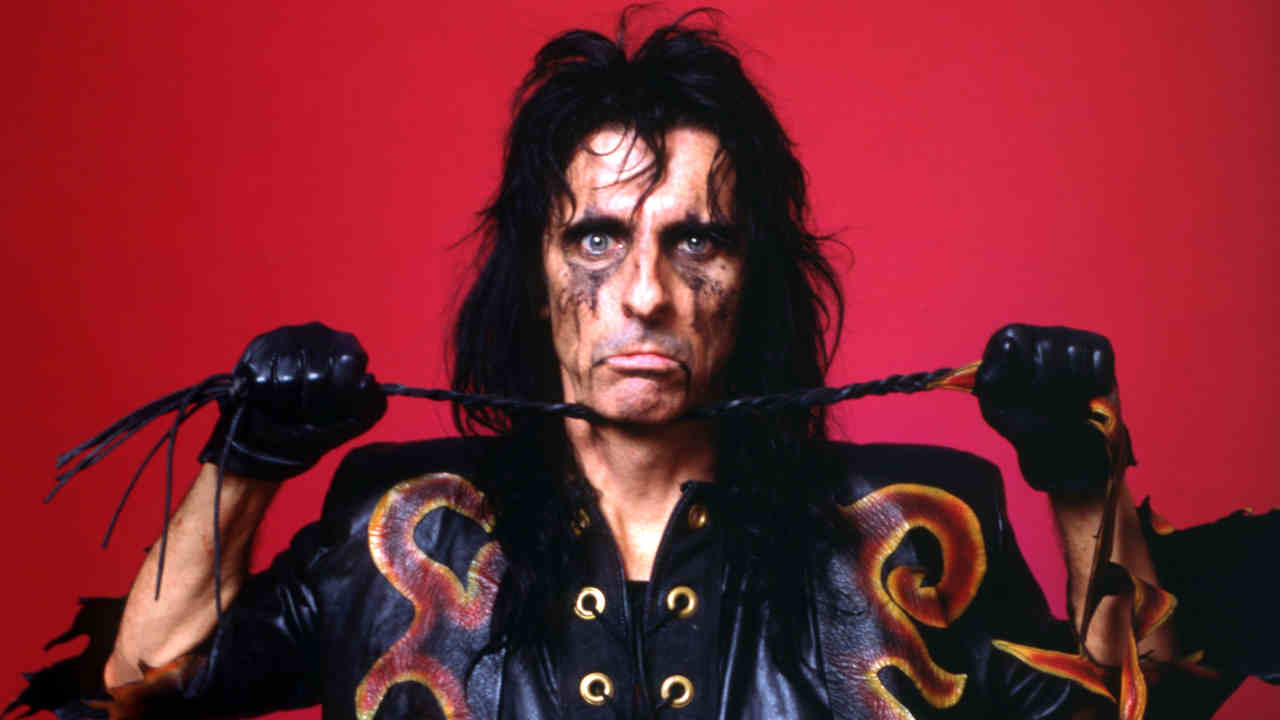
Shock rock icon Alice Cooper paved the way for generations of bands who thrived on controversy, but no one did it quite like the man born Vincent Furnier. In 2011, Alice looked back over a career in upsetting the authorities.

In the history of rock’n’roll, there have been many larger-than-life characters, from Kiss to Slipknot. But no star has divided opinion like Alice Cooper, the original shock-rocker.
For millions of fans, Alice is the master of rock’n’roll theatre. For Slipknot, Rob Zombie, Mötley Crüe and many more, he is an inspiration. And for Bob Dylan, he is an “overlooked songwriter.”
For artist Salvador Dalí, Alice was a fellow surrealist. For The Who’s hell-raising drummer Keith Moon, he was a trusty drinking buddy. And for Elvis Presley, the king of rock’n’roll himself, Alice was simply “the cool cat with the snake.”
But to the British pro-censorship lobby of the early 70s, Alice was an affront to decency. To America’s right-wing Christians, he was the Devil incarnate.
“I created Alice to be my favourite rock star,” says the man who was born Vincent Damon Furnier in Detroit on February 4, 1948, and who legally changed his name to Alice Cooper in 1974. “Back in the 60s, there was no rock star that made me go, ‘Wow, I gotta see what happens next!’ So I created one. Alice was born out of necessity. And I didn’t want my rock star to be a hero. I wanted him to be a villain!”
He still loves playing the bad guy after all this time. He is a contented man, happily married for 35 years to dancer turned ballet instructor Sheryl, for whom he rebuffed the advances of Hollywood sex goddess Raquel Welch in the 70s. And having conquered alcoholism in the early 80s, he has a healthier addiction, golf, which he plays every day. But the role of rock’s arch villain is one he still relishes.
Sign up below to get the latest from Metal Hammer, plus exclusive special offers, direct to your inbox!
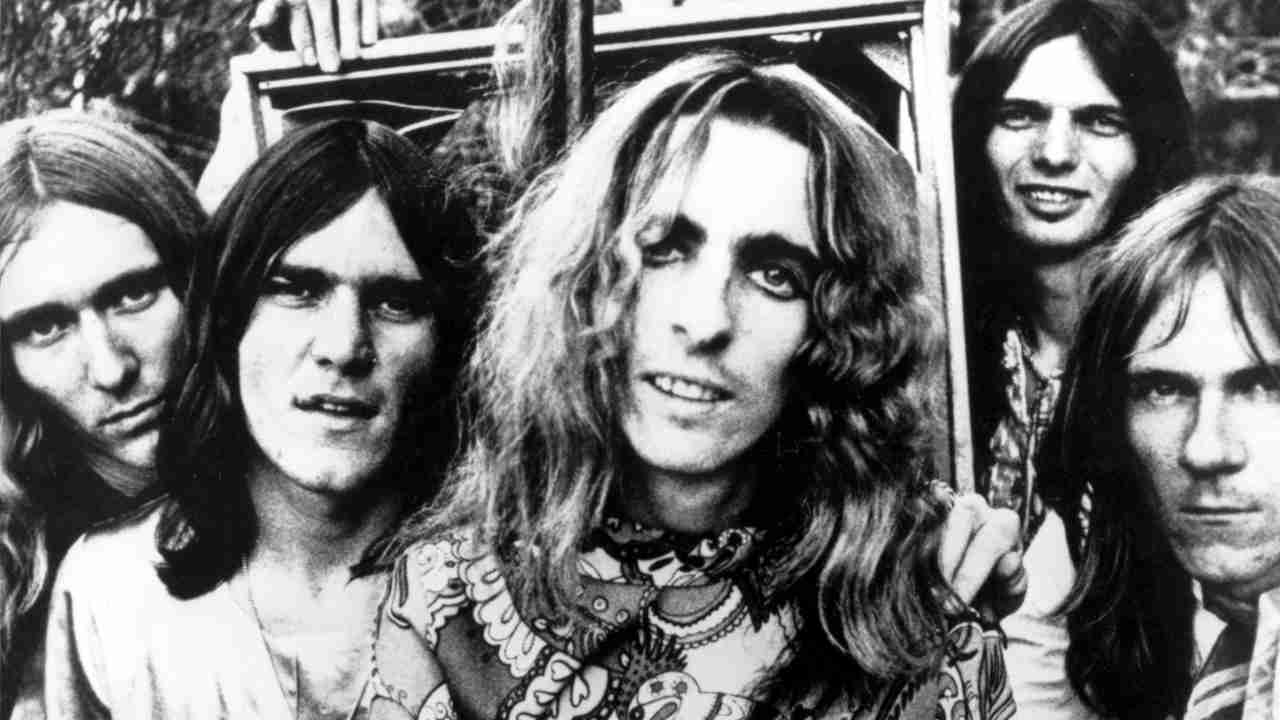
“It’s still so much fun to play Alice,” he says. “When I write a song, I’m writing a song not for me but for that villain. And the good thing about Alice is he knows his place. Alice does not want to play golf. He does not want to be married. He only wants to do one thing – get onstage in front of an audience and show off. And when I play Alice, I feel at home onstage. We have a very good relationship!”
It was in 1968 that Vincent Furnier chose the name Alice Cooper for himself and the band he fronted. Originally based in Phoenix, Arizona, where the Furnier family had lived since 1961, the band had started off as The Earwigs, playing Beatles covers, before changing their name to The Spiders and developing a heavier rock style based on The Who and The Yardbirds. By 1968, they had relocated to LA and were calling themselves The Nazz, but a group from Philadelphia was already operating as Nazz, led by Todd Rundgren, who would later find fame as a solo star and as producer of Meat Loaf’s Bat Out Of Hell. Fortunately, Vincent had an idea – one that would change his life forever…
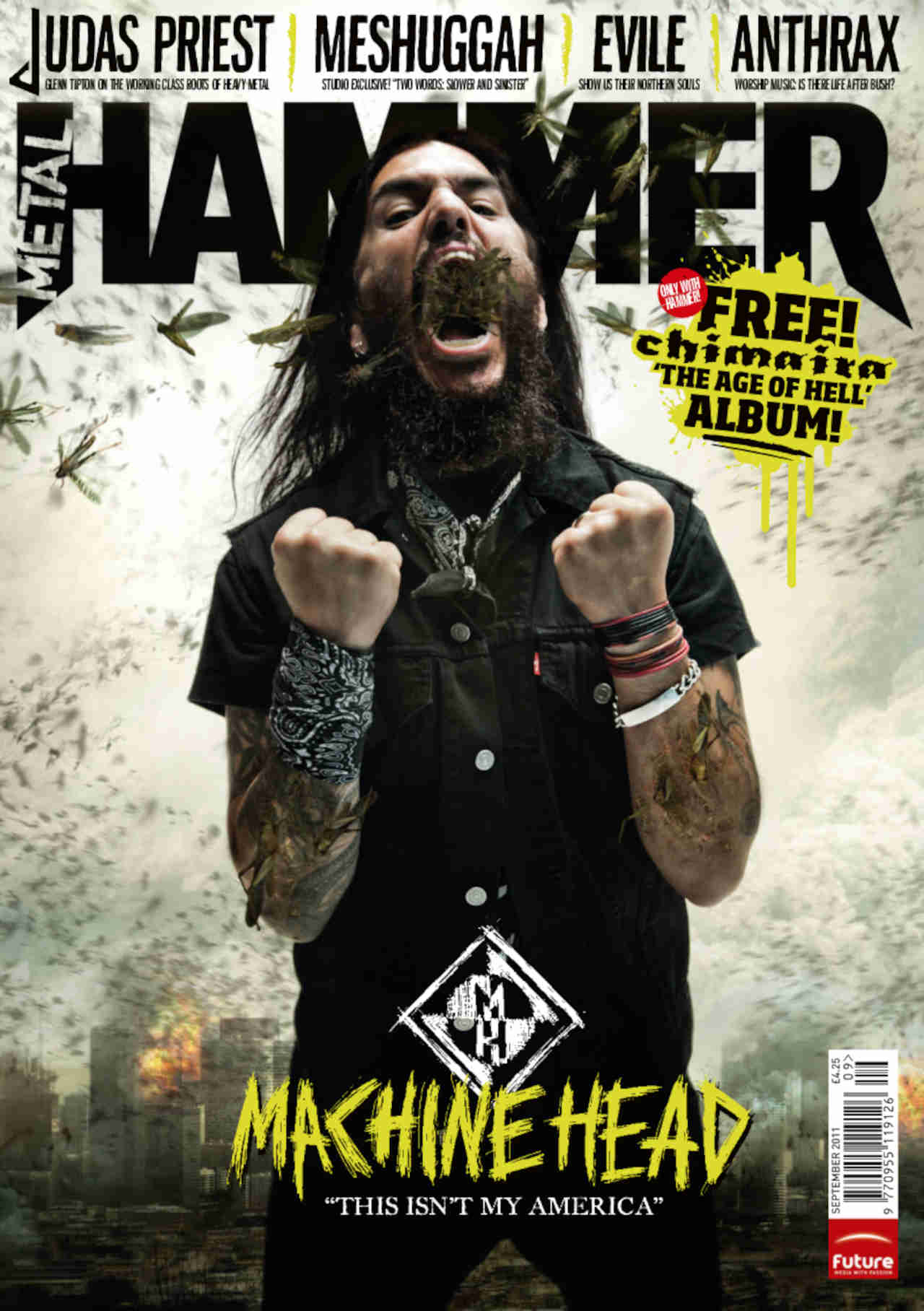
“We could have called ourselves The Deadly Germs or something,” he says, “but that was way too predictable. I said, ‘What if we went the other way? What if we had a name that sounded like some sweet little old lady that lived down the block and made cookies for everybody?’ And the first name I thought of was Alice Cooper. It had a rhythm to it and almost a macabre thing to it. So it stuck.” It was later rumoured that Alice Cooper had been a 13th Century witch, and that the name came to Vincent via a spiritualist’s Ouija board. “It got very mystical,” the singer laughs.
1969 saw the release of the first Alice Cooper album, Pretties For You, recorded by the original and classic band lineup – Alice, guitarists Michael Bruce and Glen Buxton, bassist Dennis Dunaway and drummer Neal Smith – and issued on Frank Zappa’s label, Straight Records. It bombed. But if the band needed publicity, they soon got it. Following a performance at a festival in Toronto in September 1969, Alice was accused of killing a chicken onstage! The story made headlines in national newspapers, but it wasn’t entirely true. As Alice says, “Somebody threw a live chicken on stage, and I threw it back, thinking it would fly. It didn’t, and the audience tore it pieces!”
This scandal didn’t help sales of the second album, Easy Action, but with 1971’s Love It To Death came the breakthrough. The single I’m Eighteen reached number 21 on the US chart, and for Alice, its success represented a genuine cultural shift. Bored by the soft hippie rock of the late 60s, Alice had vowed to “drive a stake through the heart of the Love Generation”. And as he says now, “We killed it single-handedly, thank you. Maybe it was over anyway. But we applied the final tap!”
Most significant of all, Love It To Death marked the beginning of Alice’s relationship with Canadian producer Bob Ezrin, who would go on to produce all of the key albums of Alice’s early career, and other rock classics such as Kiss’s Destroyer and Pink Floyd’s The Wall. As Alice says: “Bob became the only other person I’d listen to when I thought, ‘Would Alice say that or wouldn’t he?’ The Alice Cooper sound is born in Detroit rock, really hard rock with attitude and good melody in it. And when you add Bob Ezrin, who has a classical music background and a really dark sense of humour like mine, you start getting something.”
Within two years, Alice was one of the most famous – and infamous – rock stars in the world. The Killer album, released in ’71, included the song Dead Babies. “It was the first anti-child abuse song,” Alice says. “But as in most cases, controversial songs are misunderstood.”
On stage, Alice would sing Dead Babies while chopping up baby dolls with an axe – part of an elaborate theatrical show in which he also performed with a live boa constrictor wrapped around him, and was the victim of a mock hanging. “The stage character created itself,” he explains. “Alice was outstandingly inhuman, he stood for all the wrong things. He was crippled, a victim. Every parent hated him and every kid loved him.”
Alice’s anti-establishment, anti-hero status was sealed in 1972 with School’s Out – a top ten hit in the US, a number one smash in the UK, and the one song, above all others, for which Alice Cooper will always be remembered. ‘School’s been blown to pieces!’ Alice crowed on a mischievous, ass-kicking anthem that was every parent’s nightmare and every kid’s fantasy. British morality campaigner Mary Whitehouse’s outraged protests led to Home Secretary Reginald Maudling being petitioned to have Alice Cooper banned from performing in the UK.
“Mary decided that we were the worst thing to hit Britain since World War II!” Alice laughs. “But the more they tried to ban us, the more the public stood up for us. The British public was standing up for its rights, but it was also standing up for me – and I’ll always remember that.”
Likewise, in America, Alice was the subject of a witch-hunt by ultra-conservative religious groups. “It was modern-day Salem stuff,” he says. Vincent Furnier had been raised as a devout Christian: his father and grandfather were pastors. But Alice Cooper was branded a Satanist.
“I never did anything onstage that was anti-Christian,” he says. “Certainly nothing pro-Satanic. They didn’t do their homework at all; they just found an easy target. But I said, ‘I don’t know why the Christian right is looking for Satan in rock’n’roll – they should be looking in politics.’”
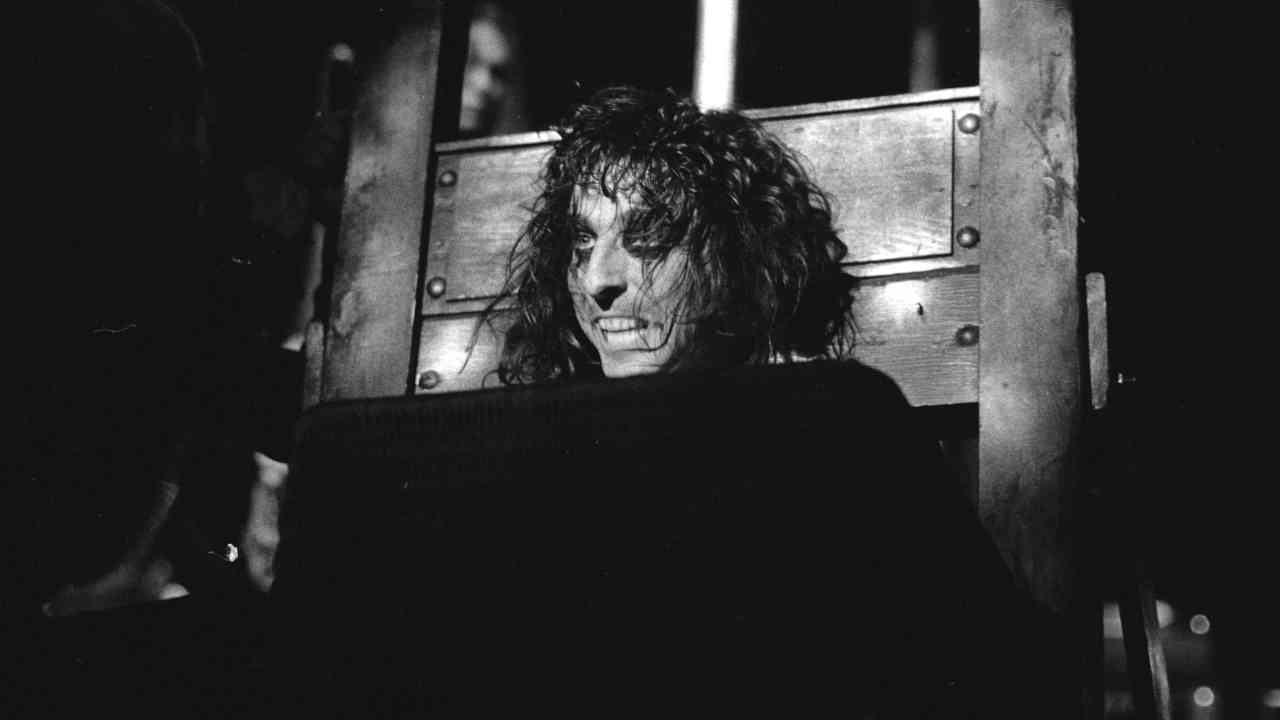
Alice thrived on the controversy. The 1973 album Billion Dollar Babies was another hit and Alice’s live show became even more OTT, with audiences thrilling to the spectacle of Alice being ‘beheaded’ by a guillotine. And as his star rose, Alice was mixing with the biggest names from the world of entertainment. In Hollywood, he’d go boozing with John Lennon and Keith Moon, or watch movies at the home of Groucho Marx. And in Las Vegas, he met Elvis Presley…
“Elvis had the top floor of the Hilton,” Alice says, “and in 1973, I got this message: ‘Elvis wants to meet you.’ When I got to the top floor, Elvis’s mafia checked me for guns. There were guns everywhere; I guess the deal was if you were going to shoot Elvis you had to shoot him with one of his own guns! Elvis walked in the room – this was before he was fat – and he said to me, ‘You know anything about guns?’ I said, ‘I’m from Detroit.’ He said, ‘OK, come in here.’ We went in the kitchen and he handed me a fully loaded snub-nosed .38. He said, ‘I’m gonna show you how to take this gun out of somebody’s hand.’ So I’m standing there with a gun pointed at Elvis, and there’s this one second when the little devil on my shoulder says, ‘Shoot him!’ Alice Cooper shoots Elvis – that’s gonna be the biggest news of all time! But before I could finish the thought, I was on the ground, the gun was in the corner, Elvis’s boot was on my throat, and he’s going, ‘Ain’t that cool?’”
It was, for Alice, “like a weird dream.” But of all the people Alice encountered at this time, none was stranger than the surrealist genius Salvador Dalí. Having attended an Alice Cooper concert in 1972, Dalí made Alice the subject of a hologram he entitled First Cylindric Chromo-Hologram Portrait of Alice Cooper’s Brain. “Dalí was my hero when I was an art student,” Alice recalls. “But all the time I knew him, I never understood a word he said. He lived in his own surrealistic world. He’d order a cup of hot water, then reach inside his giraffe-skin jacket for a jar of honey and get a big long stream going, then pull out a pair of scissors and cut the honey. And you’d sit there and go, ‘O-kaaay…’ He was insane, but he was the best graphic artist and oil painter of all time. If there was ever a rock star painter, more so than Andy Warhol, it was Salvador Dalí.”
In 1975, Alice went solo after his band quit. Tired of the ever- expanding stage show, the other musicians formed a no-frills heavy rock band, cheekily named Billion Dollar Babies, which quickly fell apart. Alice, with Bob Ezrin at his side, remained as theatrical as ever on the album Welcome To My Nightmare. But while the accompanying arena tour was a sell-out success, in private Alice was descending into the depths of acute alcoholism.
“When I was drinking heavily at the end of the Nightmare tour it was terrifying,” he says. “It was one of the biggest rock’n’roll tours of all time, but I had to drink half a quart of whiskey just to get onstage. The next morning, I’d drink warm Budweiser to cause a good vomit and get rid of what I drank the night before. I started spitting blood. You see blood in the toilet and you think, Jeez, this would be great onstage but I’m here alone in a Holiday Inn and I’ve got 56 more dates to do. When I got off the Nightmare tour, if I never saw another stage I would have been happy.”
Alice underwent treatment for his addiction in 1977 at the Cornell Medical Center in New York State, where he lived along- side patients with severe mental health problems. He describes this period – which was documented on his 1978 album From The Inside – as “like One Flew Over The Cuckoo’s Nest.” He remained sober for two years, during which time he delivered one of the greatest performances of his entire career as a guest star on kids’ TV series The Muppet Show. With the Muppets, Alice sang three songs, and in a spoof of Goethe’s Faust he took the role of the ultimate villain – the Devil himself. “I was trying to get Kermit to sell his soul to become a rock star,” he laughs.
But when Alice fell off the wagon in the early 80s, he also fell off the radar. The four albums he recorded between 1980 and 1983 all stiffed. It was only when he quit boozing for good, on September 28, 1983, that he got his life and his career back on track.
The comeback began with 1986 album Constrictor and 1987’s Raise Your Fist And Yell. “They were calling cards,” he says. “The message was: Alice is back, he’s not coming back mellow.” The resurrection was completed in 1989 with the Trash album and the worldwide hit single Poison, written and produced with famed ‘hit doctor’ Desmond Child. “I told Desmond I loved what he did with Bon Jovi and Aerosmith,” Alice says. “But I told him, ‘Here’s the challenge. You’re writing a song for Alice now, so it’s got to be dangerous, but it’s got to pay off.’ Poison was the song and it certainly paid off!”
Since Trash, Alice has released seven more studio albums. “Most critics said I wouldn’t last one album!” he says. “But I’m still here. To me, the longevity is the most amazing thing. And at 63 I’m still as aggressive as ever, musically. I’m the guy who’ll never say ‘Could you turn it down?’”
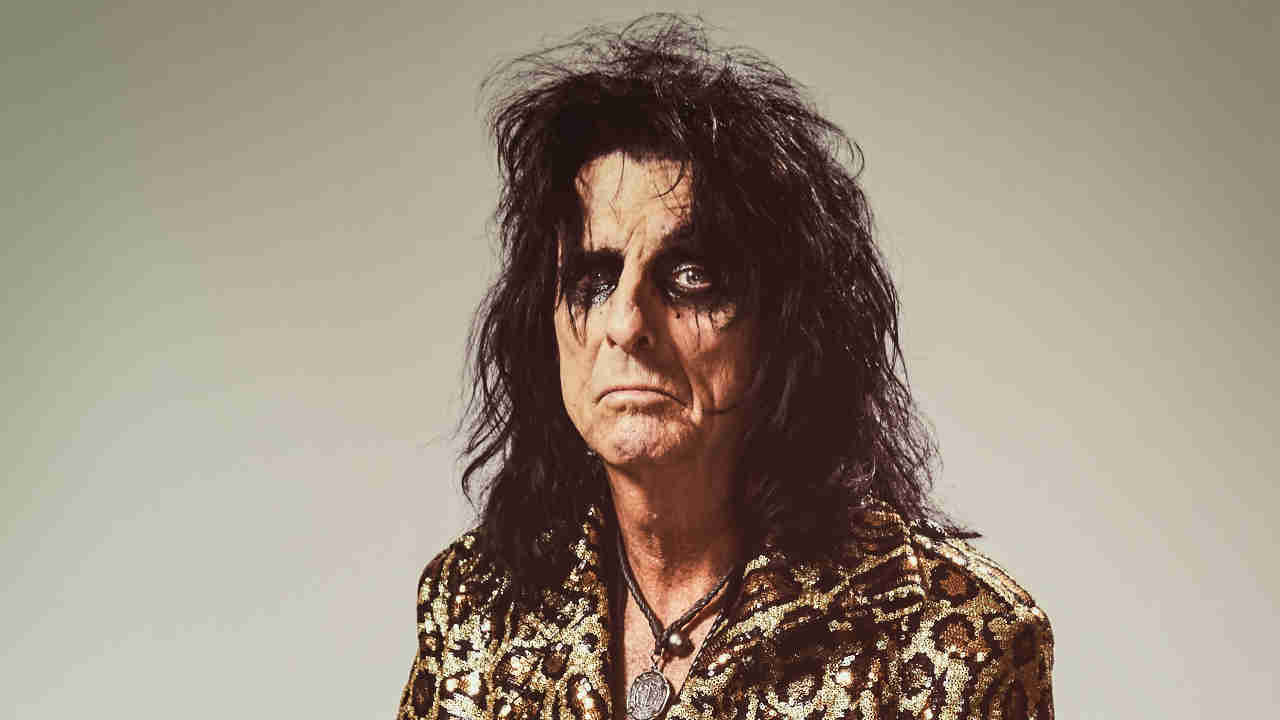
It been decades since Vincent Furnier was transformed into Alice Cooper, rock’n’roll’s master showman, satirist, surrealist and supreme villain. “It has,” he says, “been an interesting life.” But he adds quickly: “I’m not done yet.”
And to those artists that have followed in his wake, he has a typically tongue-in-cheek warning. “All these people – Rob Zombie, Slipknot, even Lady Gaga – they’ve all said, ‘Alice Cooper and Kiss, those were they guys that we watched, and we liked it so much that we wanted to do a version of that.’ With Slipknot, I psychoanalyzed those guys one time, and I surprised them. I said, ‘You guys are all from Iowa, and Iowa is full of cornfields, so all you saw as kids was scarecrows – doesn’t that kinda decide what you look like onstage? And they said, ‘Unbelievable! We never thought of that!’ “So it’s real simple – after Alice, all that Slipknot and Rob Zombie and Lady Gaga had to do was create their own monster. But I always remind them that I was the original vampire – and I still have dominion over them!”
Originally published in Metal Hammer issue 222, August 2011
Freelance writer for Classic Rock since 2005, Paul Elliott has worked for leading music titles since 1985, including Sounds, Kerrang!, MOJO and Q. He is the author of several books including the first biography of Guns N’ Roses and the autobiography of bodyguard-to-the-stars Danny Francis. He has written liner notes for classic album reissues by artists such as Def Leppard, Thin Lizzy and Kiss, and currently works as content editor for Total Guitar. He lives in Bath - of which David Coverdale recently said: “How very Roman of you!”


